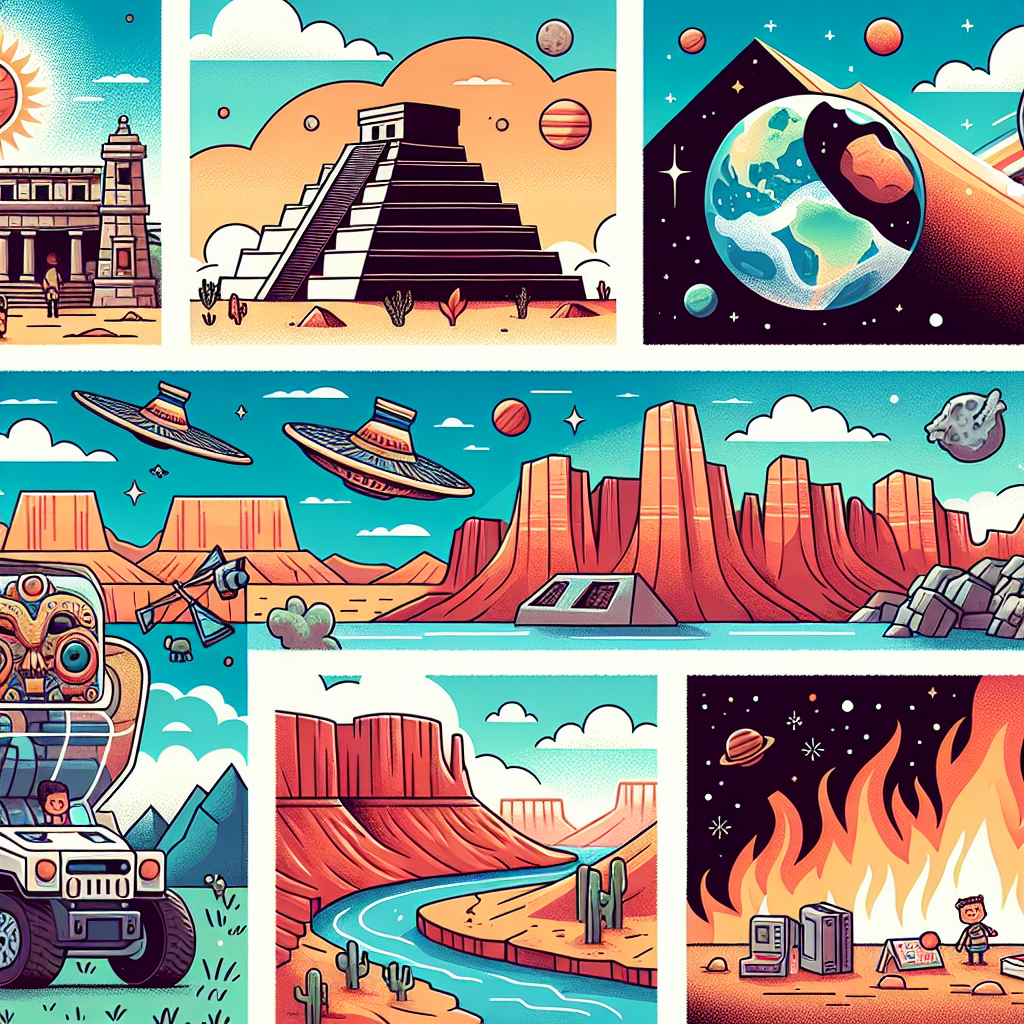12th July 2025
Recent scientific discoveries and natural events have captured global attention, from archaeological findings in Central America to concerning wildfires in the American Southwest, alongside groundbreaking space exploration revelations.
In a significant archaeological discovery, researchers in Belize have unearthed the tomb of Te K'ab Chaak, the first ruler of the ancient Maya city of Caracol. Dating back to 560-680 AD, the tomb contained eleven pottery vessels and has provided valuable insights into Mesoamerican history. This finding is particularly significant as it enhances our understanding of Maya civilization's early leadership and cultural practices.
Meanwhile, a concerning situation has developed near the Grand Canyon, where a wildfire has experienced explosive growth, expanding to cover 16,000 acres in just 24 hours. Firefighters are actively working to contain the blaze, while local residents remain on high alert for potential evacuation orders.
In scientific research news, University of Florida researchers, including virologist John Lednicky, have identified a new orthoreovirus in a Florida shrew. This discovery comes at a crucial time when experts are noting an increase in new viruses among wildlife, emphasizing the importance of enhanced surveillance for public health protection.
Space exploration continues to yield fascinating results, with scientists discovering evidence of ancient river systems on Mars spanning an impressive 15,000 kilometers. These findings suggest a wetter past on the Red Planet and provide valuable clues about potential ancient life forms. The scale of these river channels, equivalent to 187,500 football fields, offers new research opportunities for understanding Mars' geological history.
In other space-related news, NASA astronaut Shannon Walker has announced her retirement after accumulating 331 days in space aboard the International Space Station. Her contributions to space research, particularly regarding human body responses to space travel, have left an indelible mark on space exploration.
Additionally, researchers at the University of Illinois have developed an innovative crystal laser that operates at room temperature and is safe for human eyes. This breakthrough technology shows promise for various applications, including defense systems, self-driving vehicles, and advanced sensors.
These diverse discoveries and developments continue to expand our understanding of both our planet and the universe while highlighting the ongoing challenges we face in protecting our environment and advancing scientific knowledge.
This article is based on today's episode of KidsNewsFlash, a daily news podcast for kids and families. Listen on Apple Podcasts, Spotify, or wherever you get your podcasts!

